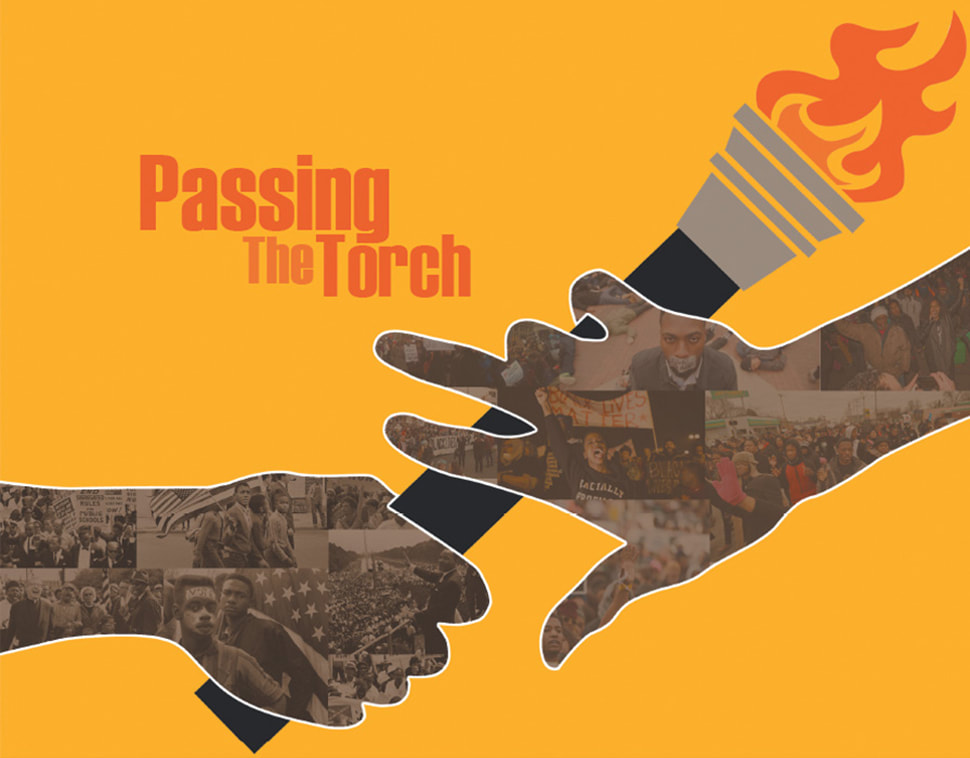|
by Brian R. Nabors Happy Sunday! My blog post this week is partly in response to last week’s! It was absolutely refreshing to read the story of trombonist Robyn Smith, a beautiful example of Black excellence working on behalf of young artists of the next generation. Some time ago, I was suggested the topic of composer lineages in classical music within the Black community. I also believe the idea of lineage exists for Black performers of classical music. There is much to be said about the many artists, composers, creatives, and mentors who came before us, paving the way and sowing the seeds that would fuel our zeal for creating a more connected world where minor attributes such as a person’s color of skin are no longer a factor as to how they are solely perceived. What I especially loved about Robyn’s story was the connection from the mentors that inspired her to all the seeds of inspiration she continues to sow in her recent work with Castle of Our Skins, various musical ensembles, and other organizations. I find it fascinating how as we continue to press toward the mark of breaking down barriers and stereotypes in our own careers, there are so many young artists-in-training who benefit greatly by simply seeing someone who looks like them, whose stories are similar and relatable, going for it! I was late to the game of composing, as a lot of composers are! At the age of 16, my musical studies up to that point were built upon a foundation of this visceral calling that I felt I had to dedicate my life to! What made this journey worth it all the more was discovering the history of all of these incredible Black composers, and their various stories of struggle and expression in the midst of a nation’s inbred sense of hatred and prejudice. In music history literature, you hear about the lineage of the great mavericks of western music, starting in the Middle Ages to the present day! Although it seems we have to dig a little, Black history in classical music DOES exist. The efforts and artistry of Chevalier de Saint-Georges, Samuel Coleridge Taylor, Scott Joplin, William Grant Still, Florence Price, Margaret Bonds, George Walker, and SO many more have provided a spring board for us to catapult our artistry into the future. These people wrote from their perspective, pain, and circumstantial oppositions of the day.
When we study the level of opportunity available for Black composers specifically up until the mid-20th century versus Black composers of today, the differences seem to be quite staggering! They expressed themselves the best way they knew how, often times being denied great opportunities, performances, etc. Yet and still, their music has touched and lit in us a fire of perseverance, lighting a torch of enduring creativity that forms new hybrids of musical experiences and deepens cultural understanding between communities that otherwise may never have truly connected with one another. Today, there is an increasing number of opportunities for composers and artists of color. It is also quite rewarding that so many organizations and institutions are implementing new strategies to combat issues such as lack of diversity within classical music. Initiatives such as the Atlanta Symphony Orchestra’s Talent Development Program and organizations such as Castle of our Skins and the Detroit Symphony Orchestra are just some of the places that have created programs to begin breaking down stereotypes of what classical musicians and composers look and sound like! With other elements such as the rise of social media and too many technological advancements to count, there should be no excuse why we can’t flourish in a new world where we are reevaluating what it means to be civil, human, and Black. However, this “new world” doesn’t come without its challenges. In the United States, the scars and pathology of the nation’s past and prejudices remain in the psyche of some music listeners. This can sometimes be a challenge to combat on top of an overwhelming disdain for new music in general, which is a whole other blog post all together! Nevertheless, we are fortunate to live in a time of new beginnings, with a generation of people of all colors and creeds who seek to create a communal web of understanding and empathy. So, a couple of questions continue to dawn on me, “What can I do to ensure that I leave a great lineage for people with my background and my story?” “How can my work validate those visceral impulses another kid from Birmingham, AL may be suppressing?” Easy! Just share and participate. It’s easier now more than ever! Calling all artists! Teach, write, study, practice, and most of all…learn. Take risks and be of good courage! Nothing is impossible! I often tell others of how fortunate I was to have parents, mentors, and a lineage of “go-doers” who made things happen. My father tells me to this day, “Why not you!” “Go get it!” When people ask me if I ever get discouraged during my career I proudly say, “No! I’ve never once thought I couldn’t do it!” It’s up to us to implant that same seed of tenacity in each young artist we come across. Through every hardship, the age-old principle of perseverance will always reign supreme and ultimately, get us ALL to freedom. In this season of Thanksgiving, we thank all the many composers, artists, musicians, and thinkers who tilled the ground before us, making room for many seeds of success, community, and fellowship to grow and flourish! Now, let’s make sure the next generation has a fantastic crop to harvest!
4 Comments
5/25/2020 01:16:34 am
Les humains et les animaux ont une relation particulière et coexistent depuis le début du monde. Ils peuvent ne pas être physiquement les mêmes, mais selon la recherche, les humains et les animaux sont physiologiquement et anatomiquement similaires. En raison des similitudes qui existent entre les humains et les animaux, les médicaments pour les humains peuvent être utilisés d'une manière ou d'une autre chez des animaux comme l'huile de graine noire pour chevaux. Cependant, il y aura toujours une limitation pour quoi que ce soit. L'huile de graine noire peut également soigner des animaux comme le cheval Aceite de Comino Negro.
Reply
6/15/2020 11:24:53 pm
The music history of America – or rather, the history of America – is never complete without recognizing the impact and legacy of Woodstock. Held on August 15-18, 1969 in the upstate New York town of Bethel and attended by more than 400,000 self-described hippies, flower children, and Aquarians,
Reply
4/12/2022 12:52:40 am
What an exquisite article! Your post is very helpful right now. Thank you for sharing this informative one.
Reply
Leave a Reply. |
Details
Writings, musings, photos, links, and videos about Black Artistry of ALL varieties!
Feel free to drop a comment or suggestion for posts! Archives
May 2024
|
Member Login
Black concert series and educational programs in Boston and beyond


 RSS Feed
RSS Feed










